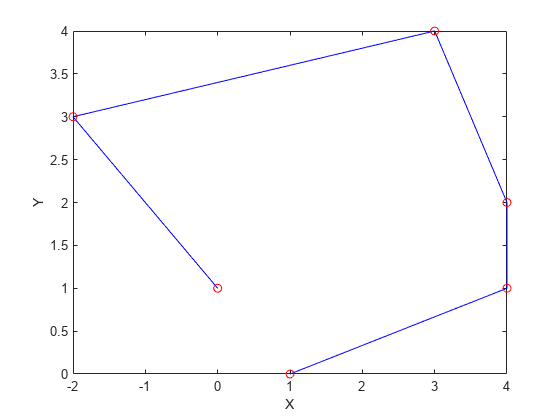cubicpolytraj
Generate third-order polynomial trajectories
Syntax
Description
[
generates a third-order polynomial that achieves a given set of input waypoints with
corresponding time points. The function outputs positions, velocities, and accelerations at
the given time samples, q,qd,qdd,pp] = cubicpolytraj(wayPoints,timePoints,tSamples)tSamples. The function also returns the
piecewise polynomial pp form of the polynomial trajectory with respect
to time.
[
specifies additional parameters as q,qd,qdd,pp] = cubicpolytraj(___,Name,Value)Name,Value pair arguments using any
combination of the previous syntaxes.
Examples
Input Arguments
Name-Value Arguments
Output Arguments
Extended Capabilities
Version History
Introduced in R2019a
See Also
bsplinepolytraj | contopptraj | quinticpolytraj | rottraj | transformtraj | trapveltraj

